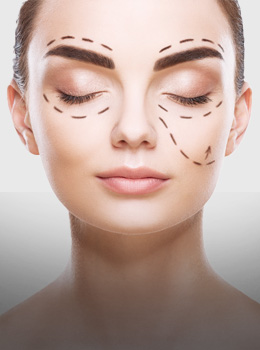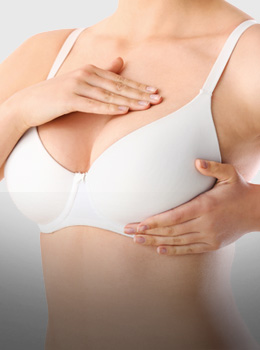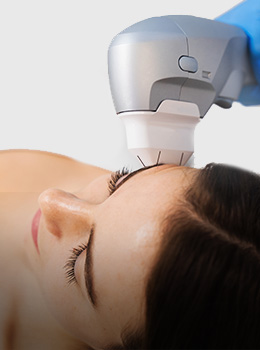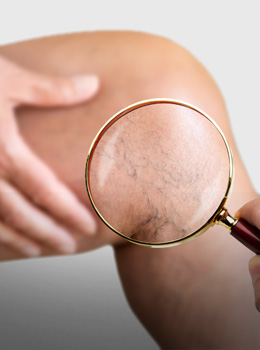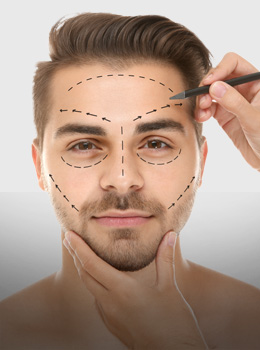Soft techniques and mobilization in Pilsen
The soft techniques focus on the treatment of the skin, subcutaneous tissue, fascia, muscles and their tendons.
Soft techniques are targeted at treating the skin, subcutaneous tissue, fascia, muscles and their tendons. They are also used to release muscle spasms and to eliminate so-called reflex, usually painful changes in the muscles and surrounding structures, as well as to achieve overall relaxation. It should not be confused with massage techniques, as some people mistakenly believe. Soft techniques affect these structures by stroking, stretching, draping or applying pressure.
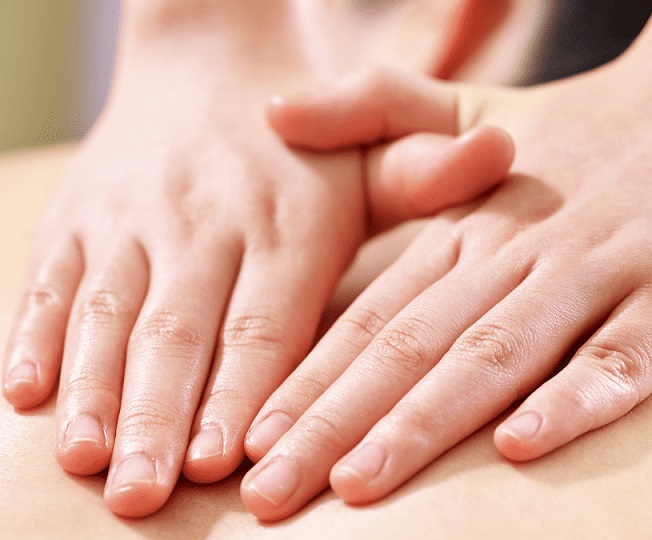
Mobilization from experienced therapists
Soft techniques help to relax tight muscles, fascia and overstretched tendons, so that blood circulation improves and the body recovers faster. Joint mobilisation then gently returns joints to their natural position, restoring mobility and relieving pain without the need for invasive procedures or medication.
Another reason to entrust this therapy to us is our experienced team of physiotherapists who have specialist knowledge and use modern, gentle procedures. Everything takes place in a comfortable environment where you will feel in good hands.
Soft techniques and mobilisations are ideal not only for back pain, cervical spine pain, rib or joint blockages, but also for long-term sedentary work, unilateral loading or after injuries.
For whom soft techniques and mobilisation are suitable
- Soft techniques and mobilisations are suitable for anyone who wants to gently relieve pain, tension or stiffness in the musculoskeletal system and at the same time is looking for a solution that addresses the cause of the problem, not just the symptoms.
- They are most often sought by people who suffer from back pain, cervical spine pain, joint blockages, blocked ribs or limited mobility after injuries or surgeries.
- They are also great for chronic muscle overload resulting from long periods of sitting, unilateral movement or physically demanding work.
- Soft techniques and mobilisations are also suitable for athletes who want to promote muscle and tendon recovery, improve range of motion and reduce the risk of injury.
- This therapy is also appreciated by those who want to get rid of frequent headaches from the cervical spine, tingling in the hands or the feeling of limited mobility that prevents normal functioning.
- The great advantage is that soft techniques and mobilisations are gentle, painless and adaptable to every age and condition.
- They are therefore suitable for adults, seniors and adolescents who want to keep their bodies fit and prevent long-term problems.
How we treat with soft techniques and mobilisations
- First, you will have a detailed examination by a physiotherapist who will assess the condition of your musculoskeletal system - monitors posture, limitations of movement, muscle tension and possible joint blockages. Thanks to this, he knows exactly where the cause of your problems is and what technique to choose to make it safe and effective.
- The soft techniques themselves consist of gentle and targeted work with soft tissues such as muscles, fascia or tendons.
- The therapist uses special strokes to relax congested and stiff areas, improve blood circulation and promote regeneration. This will relieve pain and improve mobility.
- Joint mobilisation is a gentle method in which the physiotherapist uses gentle movements to release blockages in the joints or spine, restoring their natural range and relieving tension in the surrounding muscles.
- Everything is done painlessly and at a comfortable pace so that the body has time to adjust.
- At the end of the session, the therapist will often show you suitable exercises or advise you on how to keep relaxed so that problems don't return.
- The whole treatment takes place in a pleasant environment where you feel in good hands and can really relax.
What are the benefits of soft techniques and mobilisation
- The main advantage is that both techniques work directly on the cause of the problem, not just on its manifestations.
- Soft techniques relax stiff muscles, overstretched tendons and fascia, which improves blood circulation, reduces pain and helps the body recover faster.
- Joint mobilisation gently returns joints to their correct position, restoring their natural range of motion and releasing blockages that often cause chronic back, neck or limb pain.
- Another advantage is that these methods are gentle and non-invasive, so they are not burdensome to the body and do not require a long recovery. This makes them suitable for the elderly, children or people after injuries and surgeries.
- Soft techniques and mobilisations also help prevent repetitive blockages and pain - by addressing muscle imbalances and teaching the body to move correctly, they prevent unnecessary overuse.
- Another great benefit is that the therapy is relaxing and relieves psychological tension, which will be appreciated by anyone who has a sedentary job, stress or a one-sided load.
- The result? A lighter, more relaxed body with freer movement, less pain and less risk of problems returning.

Our soft techniques and mobilisation specialists
Veronika Hošková
Olya Hamor
Adéla Jílková
Eliska Stankova
Price list
Soft techniques and mobilisation (30min)
400 CZK
Soft techniques and mobilisation with instruction ( 45min)
600 CZK
Therapeutic physical education - relaxation (60min)
700 CZK
